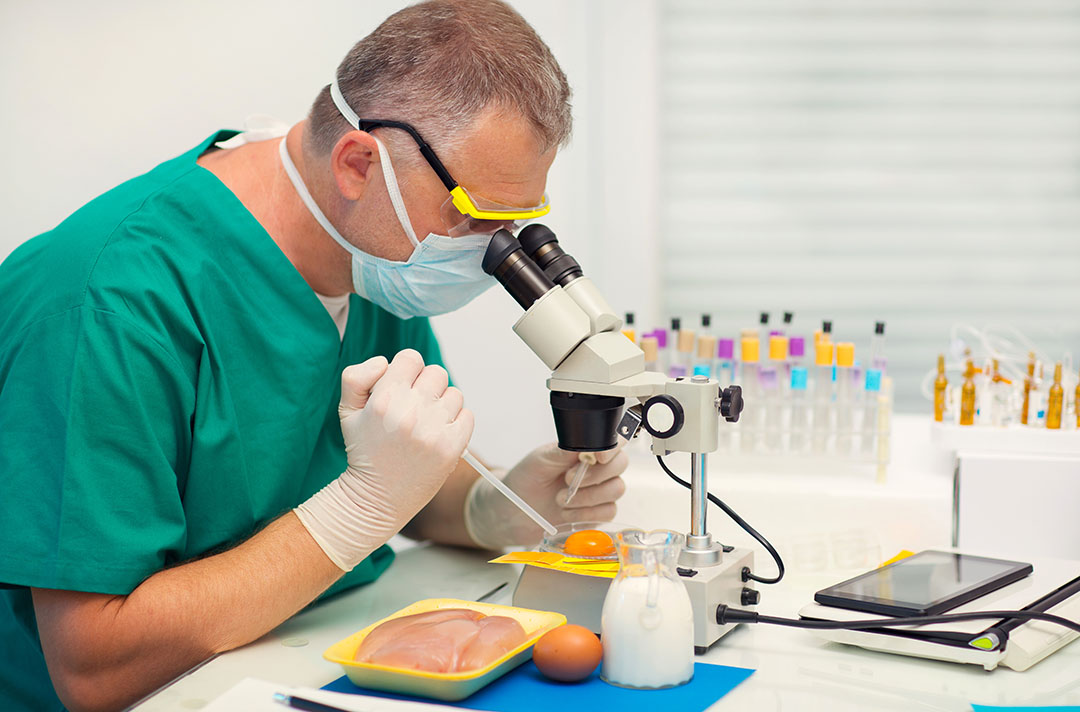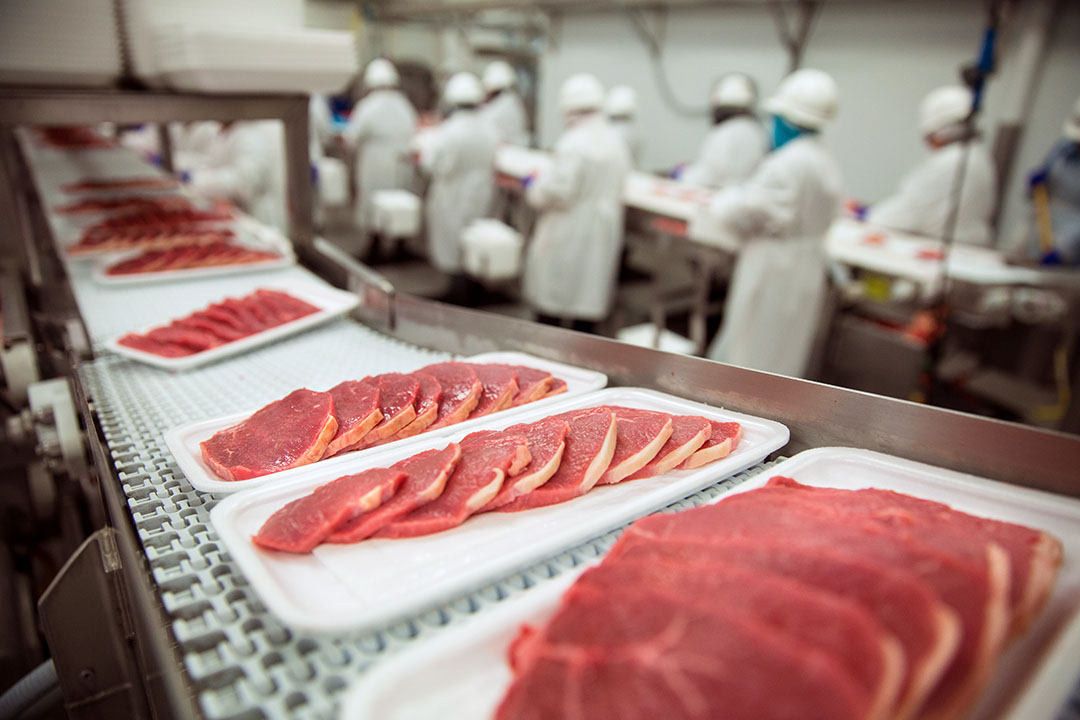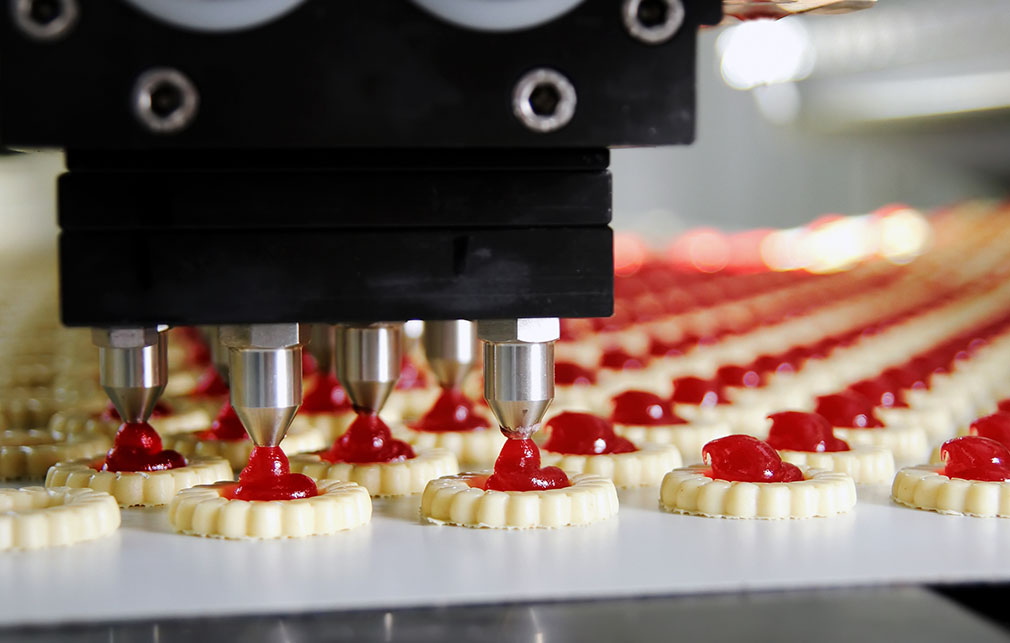In 2012, 831 foodborne outbreaks were reported to the Centers for Disease Control (CDC). 106 of these outbreaks were caused by Salmonella. 64% of people who were hospitalized because of these outbreaks were hospitalized for Salmonella-related complications. These can include salmonellosis, typhoid fever, paratyphoid fever, acute gastroenteritis, bacteremia, meningitis, osteomyelitis, and septic arthritis.
 Why is Salmonella so dangerous?
Why is Salmonella so dangerous?
The many strains of Salmonella are responsible for more hospitalizations and deaths than any other foodborne microorganism. Despite strict controls implemented by the Food and Drug Administration and other federal regulators, Salmonella infections have not decreased in the last fifteen years. Common sources of Salmonella in the food processing and manufacturing industries include:
- Fecal matter and intestinal contents from animals, including livestock, pests, and humans
- Dirt and soil
- Raw ingredients, especially poultry
- Dirty packaging
- Workers’ hands and clothing
Salmonella can survive at wide pH and temperature ranges. It can even lay dormant for long periods of time on surfaces and in foods, including dried grains. A single cell of Salmonella bacteria can cause illness in at-risk individuals, including people who are pregnant, young, elderly, or have weakened immune systems, so there are no acceptable levels for Salmonella contamination in food products.
How can I prevent the spread of Salmonella in my facility?

Food manufacturing and processing plants are the first line of defense against Salmonella. Your employees must be trained on proper cleaning and sanitizing procedures, handwashing procedures, and contamination prevention procedures. Your facility should have special measures in place to prevent Salmonella contamination in finished products and product packaging, and to prevent cross-contact between raw ingredients and ready-to-eat foods. You should train your employees on proper hygiene, with an emphasis on handwashing procedures, and have supervisors regularly check that all procedures are being followed. Your Hazard Analysis and Critical Control Points Plan (HACCP plan) should detail the specific approaches that your facility will use to prevent Salmonella contamination. Salmonella can be killed through cooking and sanitation processes.
Summary
Salmonella is responsible for more hospitalizations and deaths than any other foodborne pathogen. Your facility must have specific cleaning and sanitizing procedures in place to prevent Salmonella from contaminating food products and to kill any Salmonella bacteria that many be present in ready-to-eat foods or other finished products. All employees must be trained on the dangers of Salmonella and other foodborne illnesses and how to prevent the spread of foodborne pathogens in their facility.
For further information, see:
- Salmonella
- Causes and Symptoms of Salmonellosis
- Salmonella 2017 Case Definition
- Outbreaks of Human Salmonella Infections Associated with Live Poultry, United States


